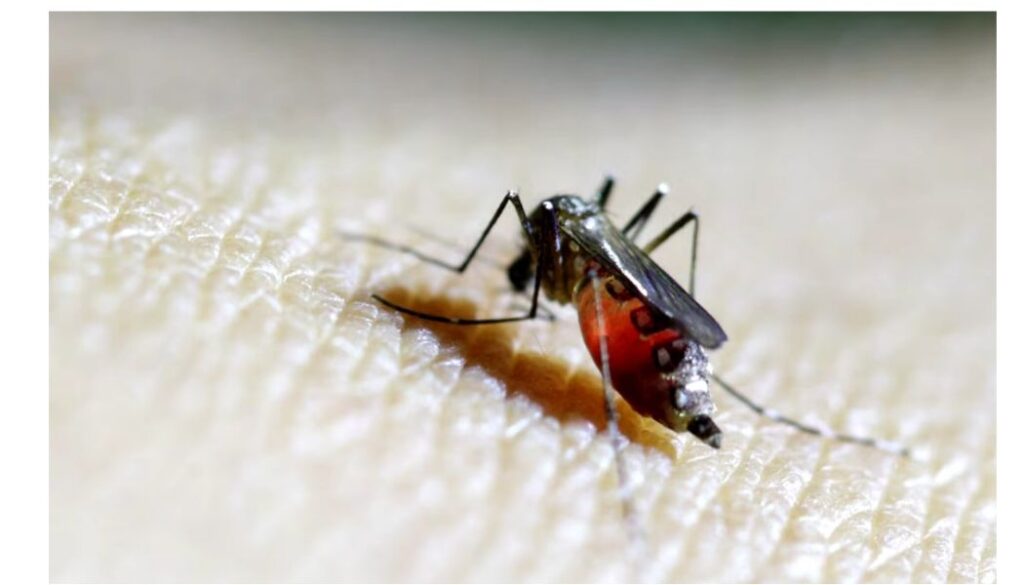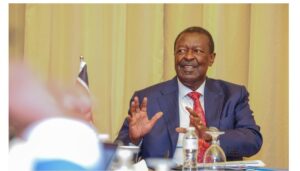WHO sounds alarm over virus outbreak

World Health Organisation (WHO) has raised alarm over the deadly mosquito-borne chikungunya virus, calling for action against the virus
The World Health Organisation (WHO) has raised alarm over the deadly mosquito-borne chikungunya virus, calling for action against the virus that is present in Kenya, particularly in areas along the Coast.
The global body issued the alarm as it aims to prevent a repeat of an epidemic of the chikungunya virus that swept the globe two decades ago, as new outbreaks linked to the Indian Ocean region spread to Europe and other continents.
“An estimated 5.6 billion people live in areas across 119 countries at risk from the virus, which can cause high fever, joint pain, and long-term disability,” Diana Rojas Alvarez, a medical officer at the WHO, told reporters in Geneva.
“We are seeing history repeating itself,” she said, drawing parallels to the 2004-2005 epidemic, which affected nearly half a million people, primarily in small island territories, before spreading around the world.
The current surge began in early 2025, with major outbreaks in the same Indian Ocean islands that were previously hit, including La Reunion, Mayotte, and Mauritius.
In Kenya, the disease broke out in June, with 25 people in Mombasa having tested positive for the disease out of the 45 samples that were analysed by the Kenya Medical Research Institute (KEMRI).
According to the Mombasa County government, Mvita, Nyali, Likoni, and Kisauni sub-counties were the most affected by the disease.
Chikungunya is a mosquito-borne viral disease caused by the Chikungunya Virus (CHIKV) and is transmitted by infected female Aedes aegypti and Aedes albopictus mosquitoes. The disease was first identified in Tanzania back in 1952.
Opposition to launch ‘parallel IEBC’ to prevent election rigging
‘Ruto is not the party, I won’t resign and will leave when I want’ – UDA Senator
‘Respect the hierarchy,’ Mbadi tells Sifuna after explosive interview
Trump accuses Obama of treason over Epstein probe
British woman complains to IG and DCI over harassment by Kenyan police
Unlike other mosquitoes, such as the female Anopheles mosquito which transmits malaria and typically bites at night, these two mosquitoes stand out because they prefer to bite during the day.
The disease is self-limiting and can resolve on its own. However, young children, old people, or those with underlying medical conditions are often at risk of organ damage or succumbing once they get infected with the disease.
Symptoms of the disease often surface between 4-8 days after one has been bitten by the mosquito. Some of the earliest symptoms include severe joint pain, which can last for days, months, or even years.
Other symptoms of Chikungunya include fever, joint swelling, muscle pain, headache, nausea, fatigue, and rash.
According to the WHO, there is no specific treatment for the disease.
However, clinical management such as addressing fever and joint pain with anti-pyretics and optimal analgesics, drinking plenty of fluids, and general rest are vital to reduce the severity of the disease once it strikes.
Furthermore, Paracetamol or acetaminophen is recommended for pain relief and reducing fever in patients.
Pastor Dorcas responds to Kimani Ichung’wah over controversial remarks
Probe reveals that E-citizen payments don’t reach Treasury accounts
Nakuru Girls High School closed indefinitely
President Ruto links ‘Ruto Must Go’ campaign to wash wash conmen
President Ruto goes after Maraga over ‘Failed State’ remarks
Follow us







